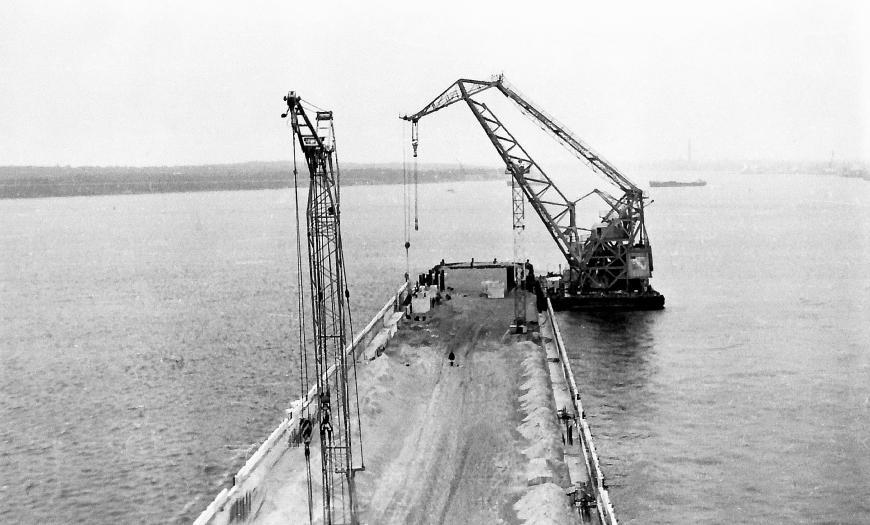Port of Klaipeda is the northernmost ice-free port on the Eastern coast of the Baltic Sea and was a major transport center of the Lithuanian SSR.
In the USSR, the exchange of goods with the CMEA countries (Council for Mutual Economic Assistance) constantly increased. In the 1980s, calculations showed that it was economically more profitable to redirect part of the goods to the GDR through the port - six times cheaper than on the railways of Ukraine, Belarus, the Baltic republics and Poland. It was assumed that the port will take over more than 5 million tons of transit traffic to the GDR. In this regard, it was planned to build a ferry crossing. It was included in the "Main directions of economic and social development of the USSR for 1986-1990 and for the period up to 2000".
Lengiprotrans has developed the port route plan. To ensure the planned cargo turnover, it was planned to build 5 double-deck ferries (each for 102 cars), the construction of two-level flyover approaches with transition bridges, railway tracks to the ferry berth, sorting and ferry parks, approaches to the port.
In 1984-1985, Lengiprotrans designed the construction of two unique railway overpasses intended for the supply of wagons to the ferry. Each of the overpasses is designed in two levels with retaining walls.
Overpass length - 173.15 m. At the final section of the overpass, the tracks branch, their number from two tracks reaches five in each level.
Large oil port in the Baltic Sea


